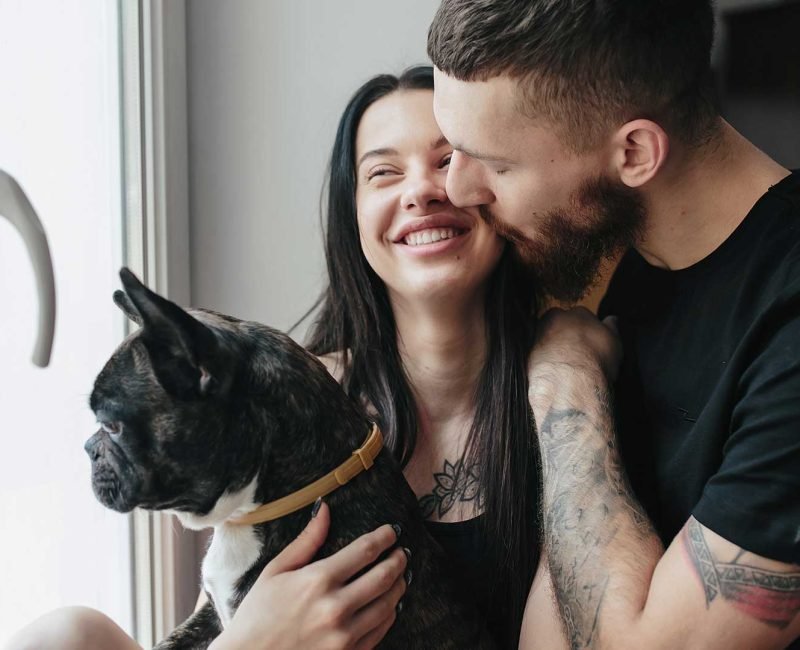Understanding your dog’s body language is essential for effective communication and bonding. By recognizing and interpreting these non-verbal cues, you can better meet your dog’s needs and enhance their well-being.
Recognizing Basic Dog Body Language
Dogs communicate primarily through body language, and some signals are universally understood. For instance, a wagging tail typically signifies happiness or excitement. However, the speed and height of the wag can convey different emotions. A slow wag might indicate uncertainty, while a high, fast wag usually means joy.
Tail Wagging: More Than Meets the Eye
Tail wagging is often misinterpreted. A wagging tail doesn’t always indicate friendliness. Observe the tail’s position and movement: a tail held high and wagging energetically often means your dog is happy, whereas a low or tucked tail could suggest fear or submission. Additionally, a stiffly wagging tail might signal agitation or aggression.
Ears and Eyes: Key Indicators of Emotion
A dog’s ears and eyes also offer vital clues. Ears that are perked up can indicate alertness or curiosity, while flattened ears often signal fear or aggression. Similarly, a relaxed and soft gaze usually means your dog is content and comfortable. Conversely, direct and intense eye contact can sometimes be a sign of a challenge or threat.
Posture and Movement: Decoding Behavioral Signals
A dog’s posture can reveal their emotional state. A relaxed body with a loose stance often denotes a calm and secure dog. If your dog’s body is tense or stiff, they might be feeling anxious or threatened. Rapid or erratic movements could indicate excitement or a need to release pent-up energy.
The Importance of Context
Always consider the context when interpreting your dog’s body language. Environmental factors, past experiences, and the presence of other animals or people can influence their behavior. For instance, a dog showing signs of aggression in a crowded area might be reacting to stress or fear rather than innate hostility.
A Comprehensive Understanding of Dog Behavior
By paying close attention to your dog’s body language, you can better understand their needs and emotions. This knowledge helps prevent misunderstandings and strengthens the bond between you and your furry friend.


